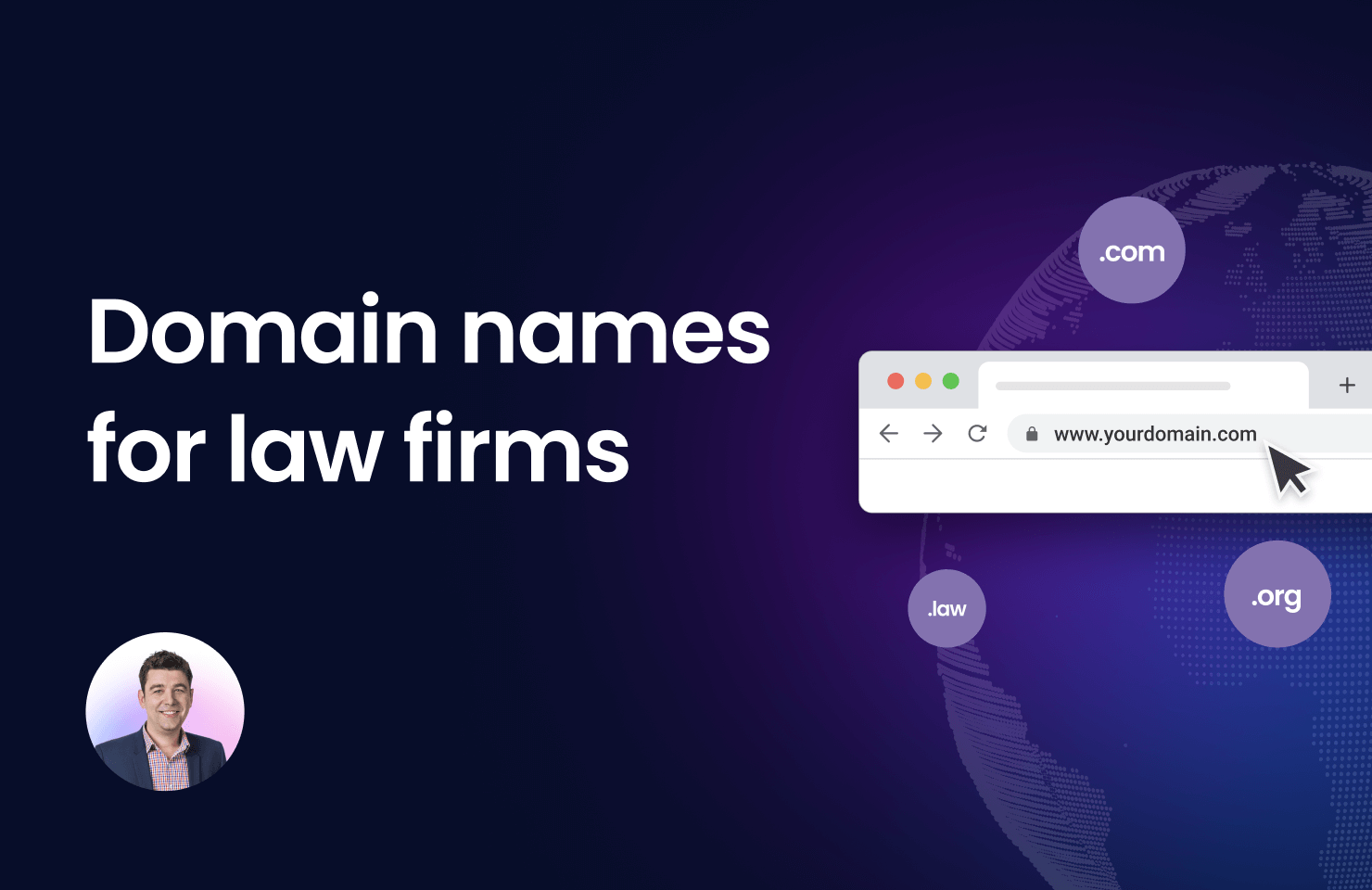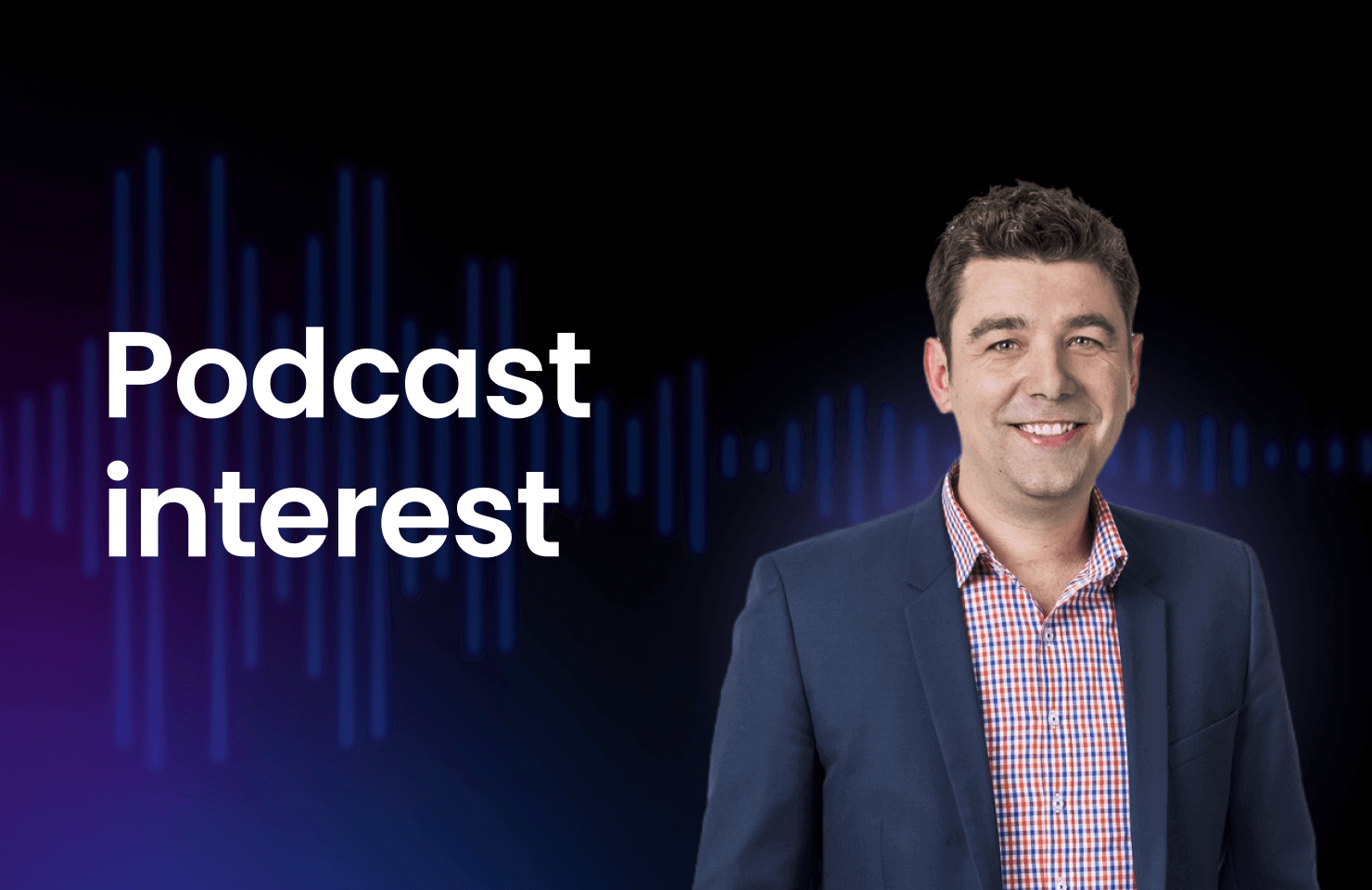This question from Liam highlights a common concern for professionals considering content creation: will anyone actually care about these specialist topics? It’s a valid worry that stops many lawyers from sharing their valuable expertise.
The reality? What might seem “dry” to the general public can be genuinely valuable to your actual target audience. While discussions of legal precedents, regulatory changes, or practice management might not trend on social media, they provide essential insights for your clients, referrers, and peers who consume industry-specific content regularly.
The Value of Podcasting for Professional Services
Demonstrates expertise without self-promotion
Unlike traditional marketing, podcasting allows you to showcase your knowledge naturally through conversation, positioning you as a thought leader rather than simply promoting services.
Builds relationships with influential guests
Creates versatile, reusable content
A single recording can be repurposed into articles, social posts, email newsletters, and more – maximising your return on time invested.
Reaches people during "passive" time
Legal professionals and business executives often consume industry content while commuting, exercising, or performing other activities where reading isn’t possible.
Humanises your practice
Hearing your voice and conversation style helps potential clients connect with you as a person before formal engagement.
Planning Your Podcast Strategy
Defining Your Target Audience
The foundation of any successful content strategy is a clear understanding of your audience. For law firm podcasts, this typically falls into several categories:
- Existing clients seeking deeper insights into areas affecting their business
- Potential clients researching solutions to specific legal challenges
- Referral sources (accountants, financial advisors, other legal specialists)
- Peers and colleagues interested in practice development
- Industry professionals in sectors you serve
Be specific about which segments you’re targeting. A podcast aimed at in-house counsel will differ significantly from one targeting small business owners, both in content and tone.
Remember that what might seem “boring” to general audiences could be precisely what your target listeners are seeking. As legal professionals themselves, they’re likely already consuming content about their industry through articles, newsletters, and yes – podcasts.
Setting Clear Objectives
Your podcast should serve specific business development goals rather than simply following a trend. Common objectives include:
- Building reputation in a specific practice area
- Nurturing relationships with referral sources
- Attracting lateral talent to your firm
- Creating opportunities to connect with industry leaders
- Demonstrating expertise to support a premium pricing strategy
- Generating content for other marketing channels
Your objectives will shape every aspect of your podcast, from guest selection to topic focus and distribution strategy.
Technical Considerations
Video vs. Audio-Only Format
While traditional podcasts are audio-only, starting with video provides significant advantages:
Greater repurposing flexibility
Video can be converted to audio-only podcast episodes, but it also provides visual content for social media clips, website embedding, and other formats.
Higher engagement potential
Seeing facial expressions and gestures creates stronger connections, particularly for complex or technical topics.
Simpler production for beginners
Video conferencing tools like Zoom or dedicated platforms like Riverside.fm make remote recording straightforward, with built-in separate audio tracks for easier editing.
If starting with video, ensure you have:
- Good lighting (natural light or simple lamp lighting)
- A neutral background (or virtual background if necessary)
- External microphone for better audio quality
- Camera positioned at eye level
Optimal Episode Length
Research indicates the average commute time is approximately 20 minutes, making this an ideal target length for professional content that’s often consumed on-the-go. While some legal podcasts run longer, consider that:
- Shorter episodes are easier to produce and edit
- Listeners are more likely to complete shorter episodes
- Brief formats force you to focus on the most valuable insights
- Producing a 20-minute episode weekly is more sustainable than hour-long content
If your conversations naturally run longer, consider breaking them into themed segments rather than publishing extended episodes.
Content Development
Topic Selection for Maximum Engagement
When planning your content calendar, focus on topics that provide genuine value to your target audience while remaining within your expertise. The most engaging approach often centres on one fundamental insight: people want to know what others in their position are doing.
Effective topic frameworks include:
- Industry trends and challenges: “How are firms responding to [recent regulation/case law]?”
- Behind-the-scenes insights: “How leading firms structure their approach to [practice area]”
- Case studies (appropriately anonymised): “Lessons from a complex [type of matter]”
- Practical guidance: “Steps to take when facing [common legal challenge]”
- Expert interviews: Conversations with specialists in adjacent fields relevant to your clients
- Comparative perspectives: Exploring how different jurisdictions or industries handle similar challenges
When selecting topics, ask yourself: “Would I want to listen to this if I were in my client’s position?” If the answer is yes, you’re likely on the right track.
Interview Structure and Question Techniques
A well-structured interview keeps listeners engaged while extracting valuable insights from your guests. Consider this basic framework:
- Brief introduction: Establish your guest’s credentials without lengthy biography (1-2 minutes)
- Context-setting: Frame the topic’s importance to your audience (1-2 minutes)
- Exploration questions: Dive into the guest’s experience and perspective (10-12 minutes)
- Application insights: How can listeners apply these learnings? (3-4 minutes)
- Forward-looking thoughts: Emerging trends or challenges (2-3 minutes)
Effective questioning techniques include:
- Use open-ended questions that can’t be answered with simple yes/no responses
- Ask “how” and “why” rather than just “what” to extract deeper insights
- Follow up with “could you give an example?” to make abstract concepts concrete
- Use silence strategically – many guests will elaborate further when given space
- Frame questions from the audience’s perspective: “Many of our clients struggle with X – how do you approach that?”
Repurposing Your Podcast Content
From Video to Multiple Formats
The true power of podcast content lies in repurposing – creating multiple assets from a single recording session:
- Podcast audio: The complete conversation distributed through podcast platforms
- Video content: Full episodes for YouTube or shorter clips for social media
- Written articles: Transcribe, edit and structure the conversation into blog posts
- Social media excerpts: Brief quotes or insights formatted for LinkedIn, X, etc.
- Email newsletter content: Summaries with key takeaways distributed to your mailing list
- Website resources: Embedding episodes within relevant practice area pages
This approach creates a content ecosystem that reaches different audience segments based on their preferred consumption methods.
Distribution Strategies
Strategic distribution ensures your podcast reaches your target audience:
- Podcast directories: Submit to Apple Podcasts, Spotify, and other major platforms. Our recommended tool for podcast hosting and distribution is OmnyStudio.
- Your website: Create a dedicated podcast section with episode descriptions and embedded players
- LinkedIn: Share episodes with thoughtful commentary in relevant professional groups
- Email signature: Include links to your latest episode in all firm communications
- Client communications: Reference relevant episodes in client updates when applicable
- Industry publications: Offer to share insights from episodes as guest articles
Remember that consistent release schedules (weekly, fortnightly, or monthly) build audience expectations and habits.
Launching Successfully
Building an Initial Catalog
Starting with multiple episodes available demonstrates commitment and gives new listeners more content to explore. Consider:
- Recording at least three episodes before launching
- Releasing all initial episodes simultaneously
- Selecting diverse topics for your launch catalog to appeal to different segments
- Featuring different guests to showcase the range of your network
This approach creates a more professional first impression and reduces the pressure of producing content to tight deadlines initially.
Promotion Strategies
Your promotion should focus on reaching your target audience rather than seeking broad visibility:
Direct outreach: Personal emails to clients who might benefit from specific episodes
Guest networks: Ask your guests to share episodes with their connections
Relevant communities: Share in industry forums or groups where your target audience gathers
Paid promotion: Consider targeted LinkedIn advertising for flagship episodes
Collaborative promotion: Cross-promote with complementary professional service providers
Key Takeaways
Creating a successful law firm podcast strategy isn’t about competing with mainstream entertainment or achieving viral status. Instead, focus on:
- Commitment to quality: Schedule a defined series (6-8 episodes) before evaluating performance
- Consistent execution: Regular release schedules build audience habits
- Content repurposing: Maximise return on time invested by creating multiple assets
- Value-first approach: Focus on genuinely helpful insights for your specific audience
- Relationship building: Use the podcast as a platform to connect with influential guests
Remember that what might seem “dry” to general audiences can be precisely what your professional audience is seeking. The goal isn’t to entertain the masses but to provide valuable insights to the specific people who influence your practice growth.
By approaching podcasting strategically, you transform what could be seen as a marketing trend into a powerful business development tool that builds your reputation while requiring manageable time investment.
Join Our Community of Growth-Focused Legal Leaders
Found this helpful? Join our weekly live Q&A sessions where we answer questions like this from law firm leaders.
Subscribe to our email list to:
- Get invites to our live Q&A training sessions
- Submit your questions for upcoming sessions
- Access our full archive of answers
Have a specific question? Submit to paul.evans@pillarscroll.com

Paul Evans is a legal marketing expert with extensive experience helping lawyers build their practices.




